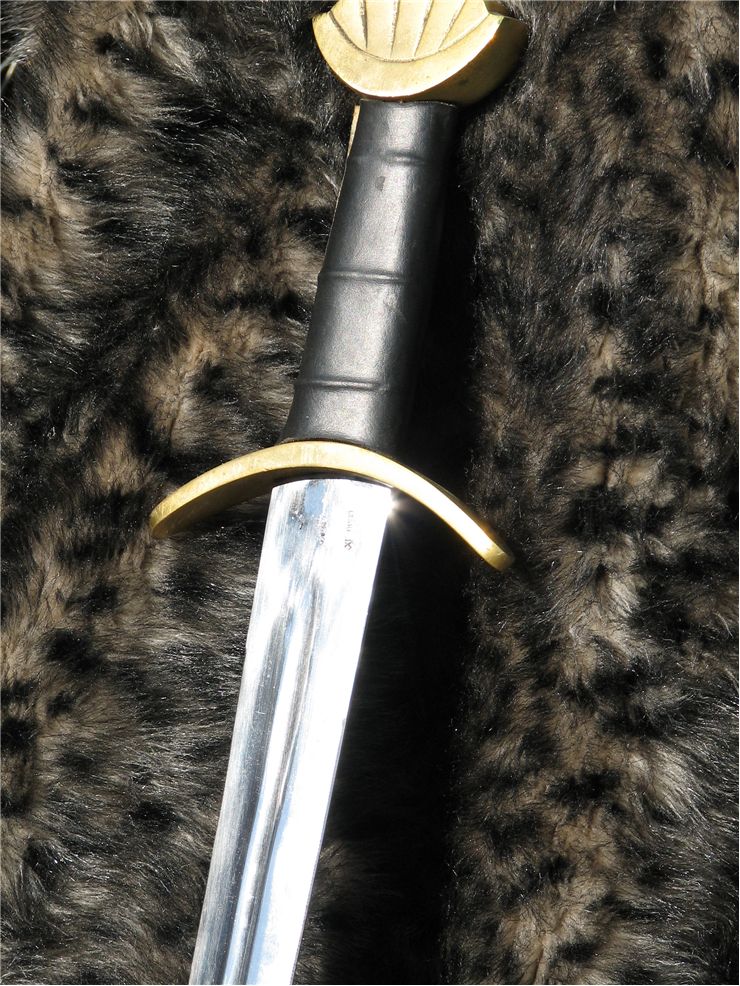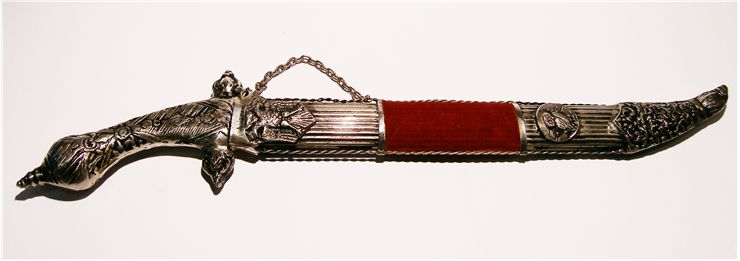How Swords are made? - Sword Making Process
Swords are made by specialized smiths or metalworkers called bladesmiths or swordsmiths. There are many techniques of sword making and they differ depending on the time of history when the sword is made, place in the world where the sword is made, what type of sword is made, for which type of market it is made and which technology is available for its making.
Three main steps in sword making are forming, heat treating, sharpening and finishing.
Forming can be done by forging or by stock removal. With forging, material is heated to come to a malleable state. By using hammer and anvil, material is shaped in to a desired form. With stock removal technique, sword is shaped from a stock which is filed, grinded and cut into a desired shape. That desired shape is at first a bar or a billet. If several metals are to be used, often iron and steel, they are combined by welding to form the billet which is then drawn, folded and welded back which creates layers of steel and makes it stronger. Fuller is added to some swords to lighten some blade and give more strength and integrity to the blade.
After the forming, blade is treated with heat carefully and evenly and then cooled slowly. This procedure normalizes the blade by removing the stresses which may appear within the blade while it was being forged and heated unevenly. These stresses could weaken the blade and cause it to break when under the pressure. After that, blade is quenched. This method is a rapid cooling of the metal which hardens the metal so it holds an edge longer. Because this makes a blade more brittle, blade is tempered which is heating of the metal to a lower temperature than during the normalization.
After treating the blade with heat, it is sharpened which creates a sharp edge of appropriate shape. There are many different techniques of sharpening, depending of the material used and type of the sword.
After sharpening, blade is finished which means it is polished, decorated; it gets the hilt, guard and sheath.
There can be more additional steps or variants of these standard ones in making a sword:
Forming the core which is forming of a core of wrought iron on which steel blades are fitted. This makes the weapon more flexible and resilient. Twisted rods of iron are used for this core. They are two or more thin iron rods that are heated and twisted with tongs.
Drawing out is making the iron thinner. After forming the core, iron is hammered into a shape of a future sword.
With fitting the blades, smith makes a seam in the core and inserts a thin piece of steel which will form the blades. All is then heated so iron and steel melt together and are joined by hammering.
To pack an edge, smith heats an edge to red and hammers along the edge with a small hammer. This thickens steel fibers and makes for a stronger weapon with a longer lasting edge.

